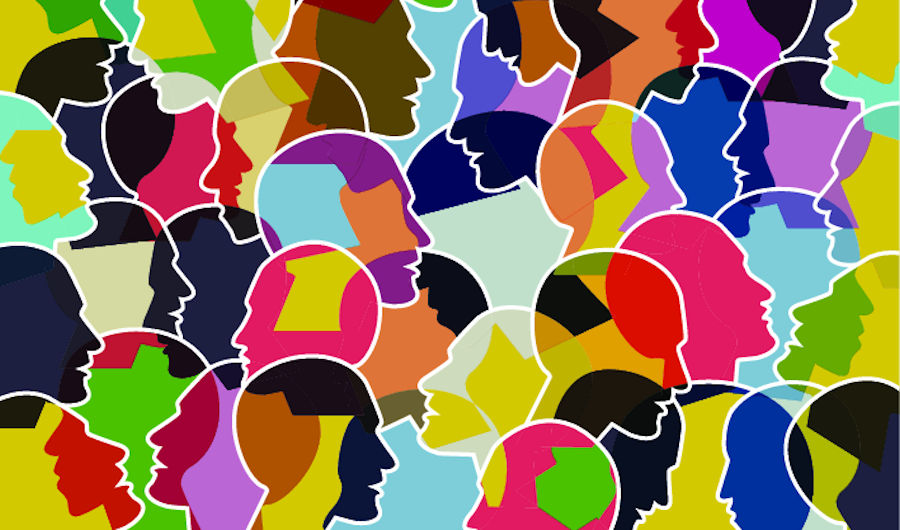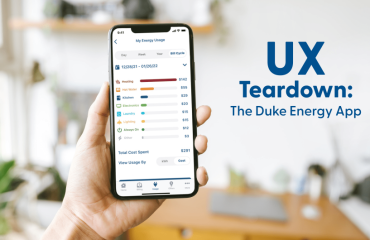For a mobile app to be successful, it has to solve a problem for users. Your company might have a great idea for an app that helps digitize paperwork or improves communication with patients, but if this app doesn’t make work easier for users, they won’t use it. Or, if required by company policy to use it, their morale and efficiency will suffer.
That is why empathy should be your starting point in mobile app design and development. By its definition, empathy means taking on the experience of someone else. Putting yourself in the shoes of your users helps you discover their needs and create solutions for them.
Putting yourself in the shoes of your users helps you discover their needs and create solutions for them. Share on XHow to Build Empathy into Your App Design Process
There are many simple ways to make empathy part of your software design process, including:
- Shadowing team members during their work if you’re creating an app to help them do it differently
- Involving users in discussions about features
- Getting feedback on early designs from users
By including users in your process, you’ll discover things like if your font is too small or buttons are too close together; or if you buried top priority features several layers into the app. You’ll also be able to understand users’ intuition about how the app will work: what features they expect to see where, at what stage they expect to consume or enter certain information, and so on.
Involving users is a key strategy in designing mobile apps that people want to use. When design and development teams are too far removed from users, empathy becomes more challenging, and you might end up with a design that is beautiful but non-functional.
It might seem pretty fundamental that users—or at the very least user feedback—should have a seat at the design table. You’d be surprised how often that doesn’t happen, though. Sometimes companies worry that user feedback will slow down the development process or assume that they know what users want. If it’s an app produced for internal use, stakeholders may think that user feedback is irrelevant since using the app will be mandatory. But not considering the user’s viewpoint can really make adopting the app difficult.
For example, choosing whether to have a light or dark background for your user interface really depends on your users. If you have an overnight work crew using your app, then a lot of white in the background will be really hard on their eyes. Conversely, day crews need design with a high contrast because of the glare interference in heavy sunlight.
The User-Centered Design Canvas
At Big Fish one of the tools we use to help keep us focused on the end user during strategic planning and discovery is the User-Centered Design Canvas (UCDC). We create one on our first day with clients to understand their business, goals, and users.
The User-Centered Design Canvas organizes your user research and business value in one place. Creating a UCDC involves discussing and writing out answers for the following nine focus areas. The list should be discussed only in the order given, no skipping around:
1. Business: Describe your business in just a few words.
2. Users: Define your users’ distinguishing aspects, rather than their broad demographics. Identifying the finer elements of user needs—like how long they have to complete tasks on the app, or in what environment they’ll be using it—creates a more delightful experience.
3. Problems: List the key problems that your users experience in their work. What is inefficient or cumbersome? Whether you can solve it with an app or not, it’s worth considering.
4. Motives: Understand what emotions might drive users towards your app, or what would motivate them to use it.
5. Fears: Imagine what might scare or intimidate users about a mobile app. This can be particularly important to enterprise mobile apps, where employees are asked to change the way they do work or the app may replace some element of their work.
6. Solutions: Provide ways that your app solves the problems your users currently have. Think both in the long and short term.
7. Alternatives: Think about what else users can do to address their problems besides using your app. Often these alternatives include the current way that employees are conducting business. If filling out paper forms is easier and faster than your app, why would they use it?
8. Competitive Advantages: Determine how your mobile app is better than the alternatives. Understanding this and communicating it to users helps increase adoption.
9. Unique Value Proposition: Describe in 1-2 sentences exactly what your app will do that can’t be done elsewhere. For businesses creating a custom mobile app it can also establish for stakeholders why a generic, subscription app won’t fit your needs.
Creating a User-Centered Design Canvas organizes your initial brainstorming, and you can even use it to help evaluate and prioritize the mobile app features your team is considering. By matching your users’ biggest problems with your best solutions for them, you can easily see what features to focus on first.
If you will be pitching the mobile app idea, or certain features, to internal stakeholders, the User-Centered Design Canvas can also be a great tool. It shows the depth of your analysis, and organized approach to the project.
Empathy in Design Means More Than Research
User-data isn’t a substitute for empathy. If you start with user research or rely solely on it, you risk oversimplifying the relationship between the app and user. Knowing things about users doesn’t always translate into imagining what they will and won’t do; they might not even know that themselves until they experience the mobile app.
If we relied on user data alone to make software decisions, we might not have the iPad: users couldn’t envision how it would affect their lives.
At Big Fish we recommend having actual users—or at the very least, someone like a manager who can represent them—involved in the User-Centered Design Canvas and all the project planning discussions. If this isn’t possible or practical, make sure your organization can check your assumptions through surveys based on the profiles that you brainstormed.
By incorporating empathy into every stage of your mobile app design and development process, you’ll ensure that the focus remains on the user and your team can create a solution that delights everyone.






